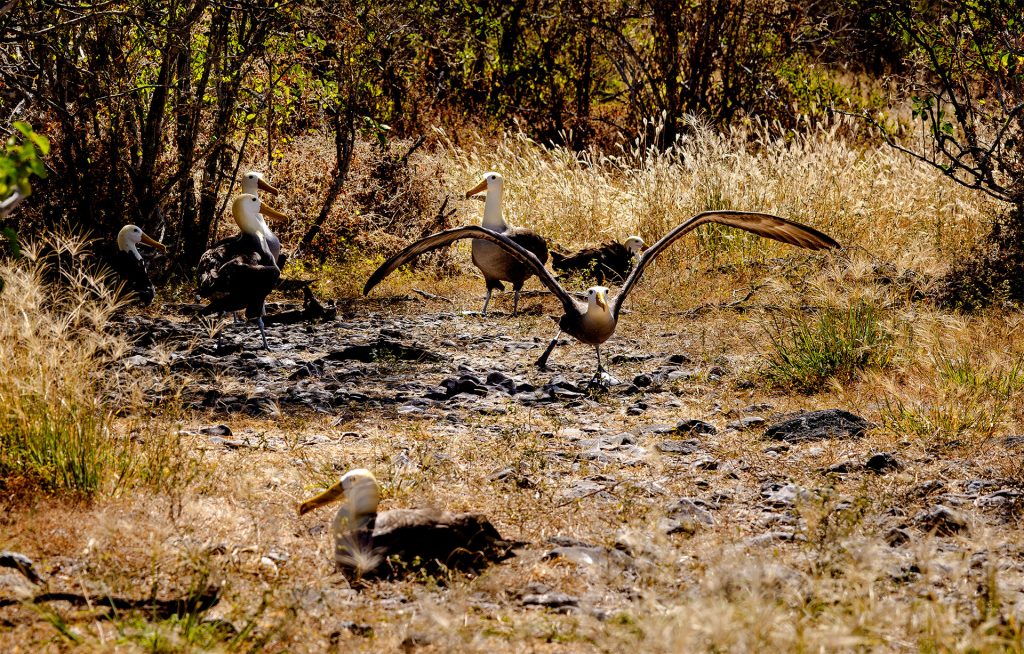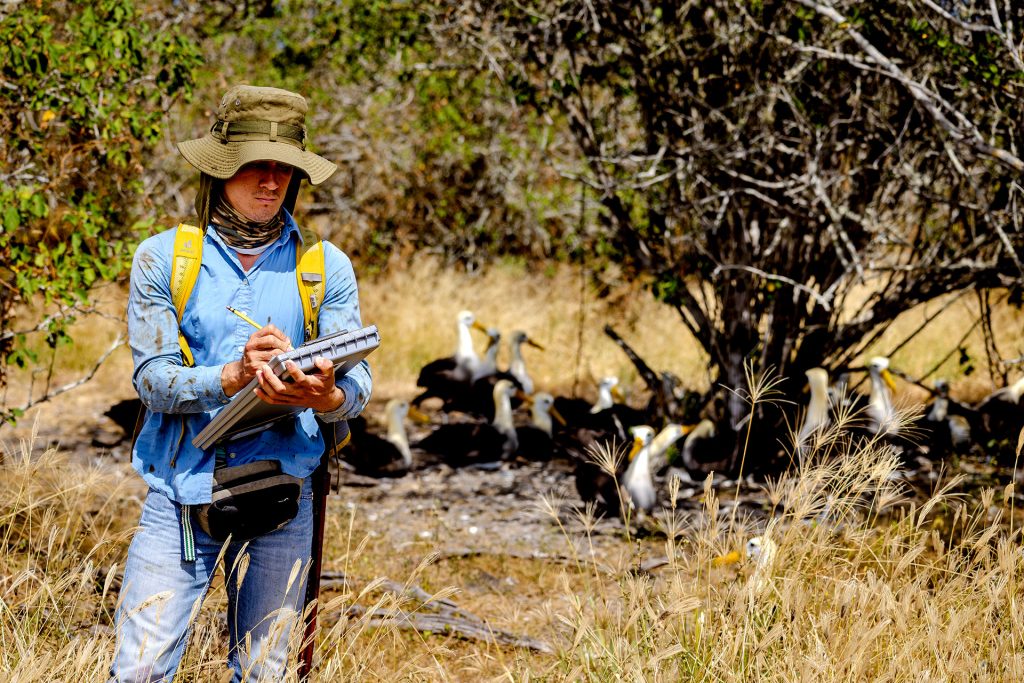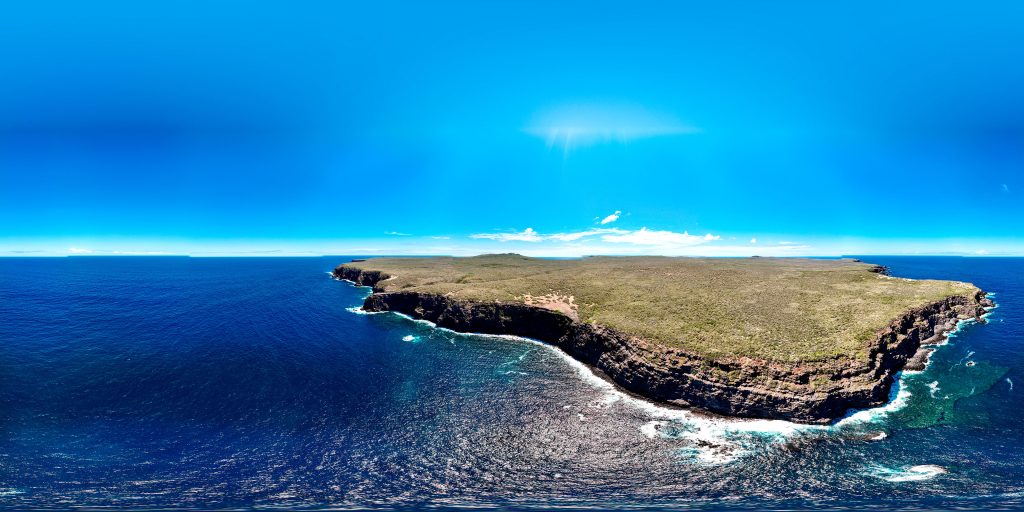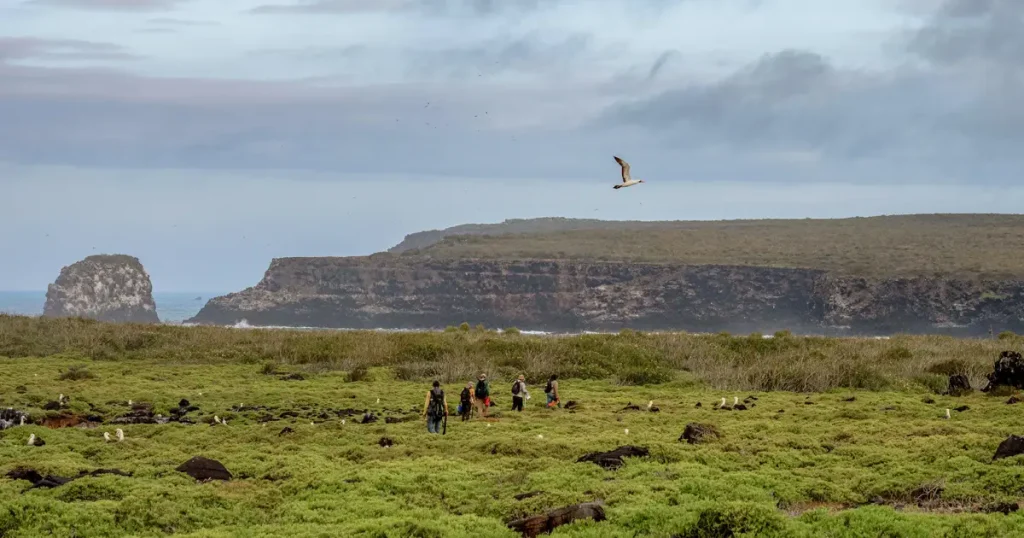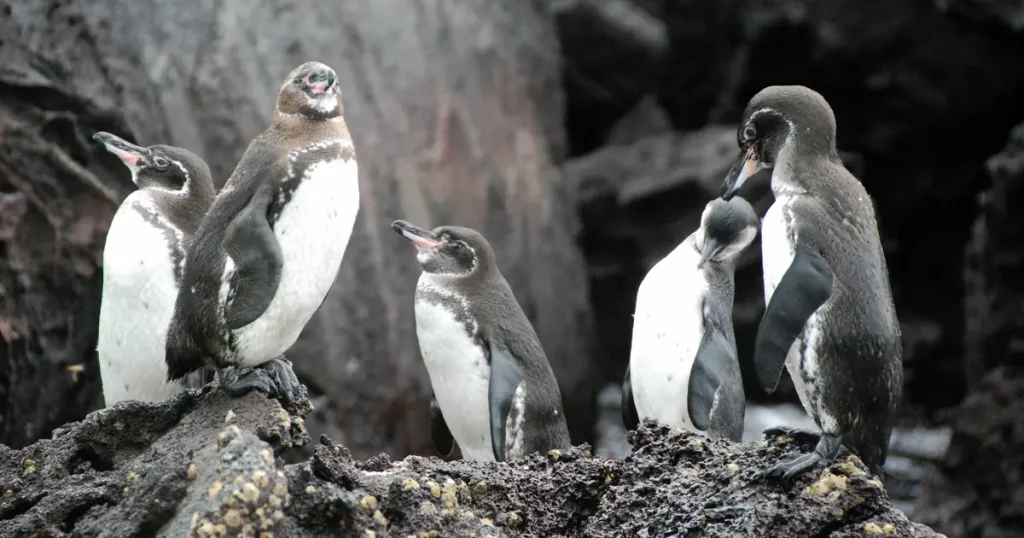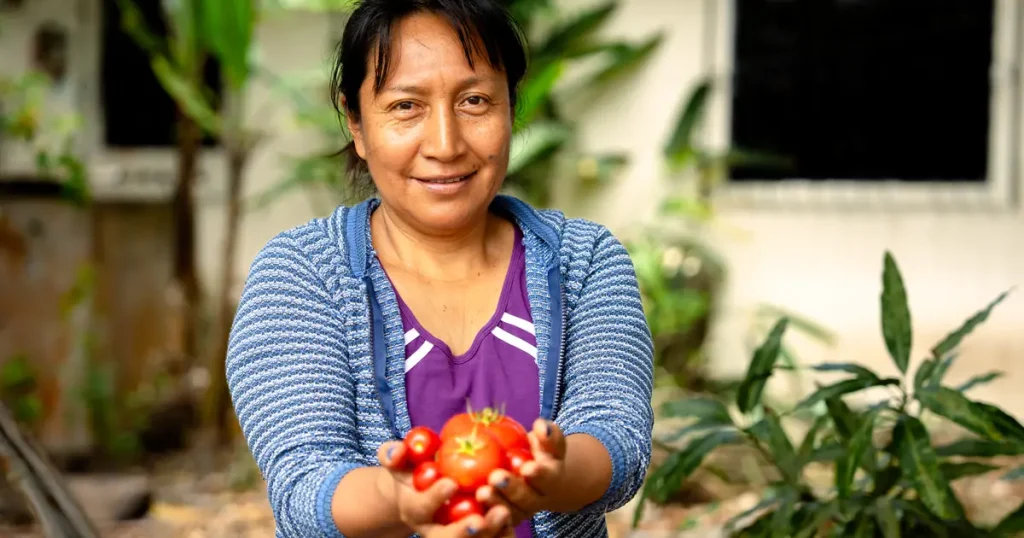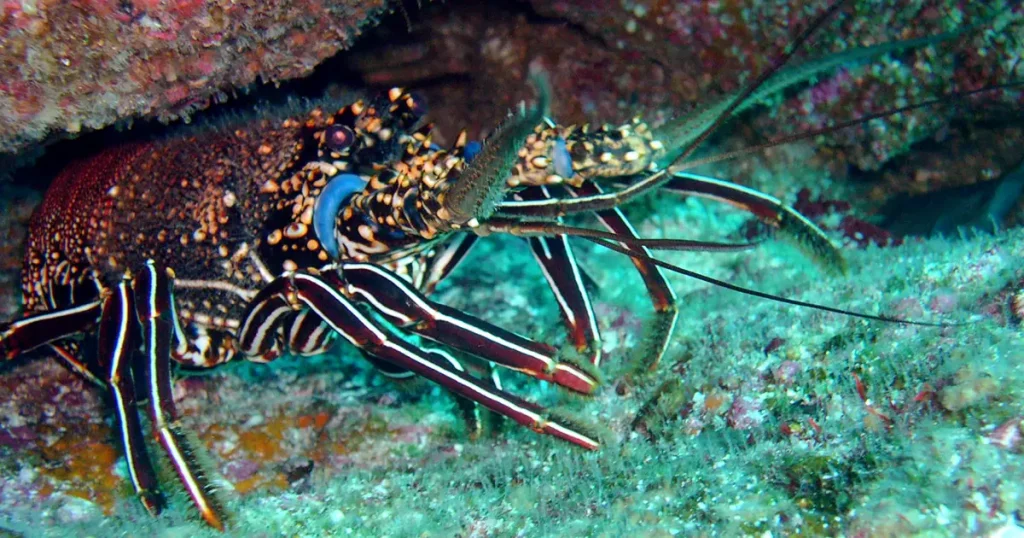Española’s Guardians Pioneering Conservation in the Galápagos Archipelago
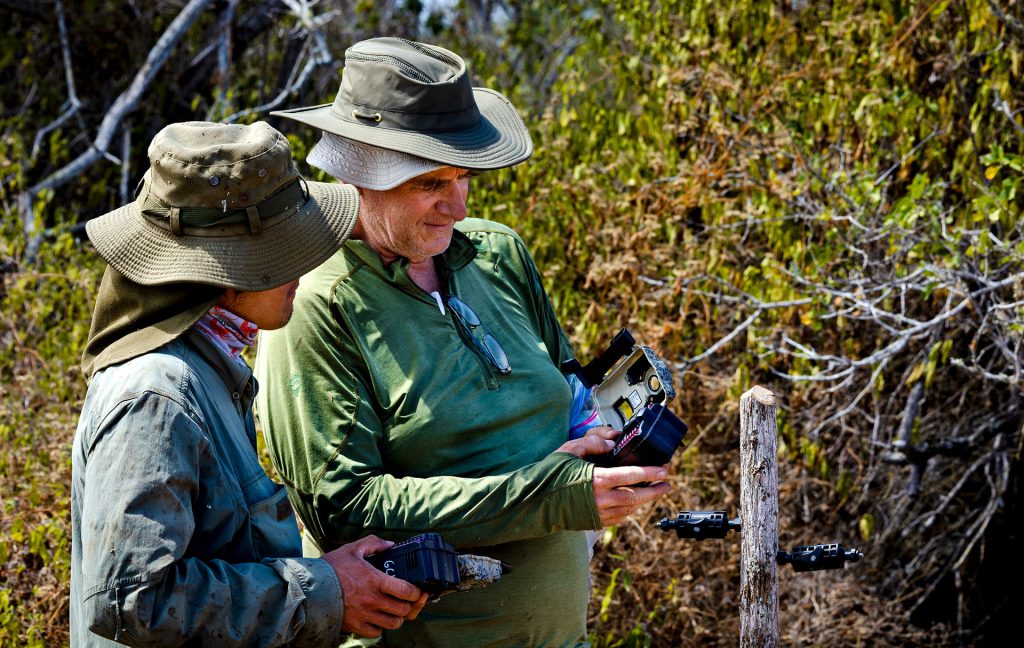
In the vast expanse of the Pacific Ocean, the Galápagos Islands emerge as a beacon of natural splendor and biodiversity. Among these jewels, Española Island, also known as Hood, stands out as a haven for unique wildlife, demanding vigilant conservation. Named in honor of British Admiral Samuel Hood, who significantly contributed to naval and cartographic exploration, Española carries a legacy of discovery and exploration, despite the Admiral never having set foot on Galápagos.
Unveiling Española's Natural Wonders
Española is a biodiversity hotspot, boasting endemic species like the majestic Galápagos Albatross, Phoebastria irrorata, the largest bird of the archipelago, and the unique Cactus Finch, Geospiza scandens. This rich tapestry of life makes Española a critical focus for scientific research and conservation efforts.
Galápagos Initiative Program: A Journey of Conservation
In 2023, Galápagos Conservancy, in partnership with the Galápagos National Park Directorate, embarked on a series of expeditions to Española. These missions, part of one of our most successful programs Iniciativa Galápagos, aimed to restore and protect the island’s ecosystems, focusing on key species such as giant tortoises, land iguanas, and albatrosses.
Under the direction of our executive director, scientist Washington Tapia, the first expedition released 86 young Chelonoidis hoodensis tortoises in March. These tortoises, bred in captivity, were reintroduced to their native habitat to bolster their population. Their presence is crucial, as they shape the island’s landscape and ecosystem, benefiting other species, including the albatross.
Subsequent expeditions in June and August focused on monitoring vegetation and conducting an albatross population census. These studies aimed to understand the interplay between the tortoises and the island’s flora and to gather updated data on the albatross population. Preliminary findings suggest a stable albatross population, though the impact of the El Niño phenomenon was evident.
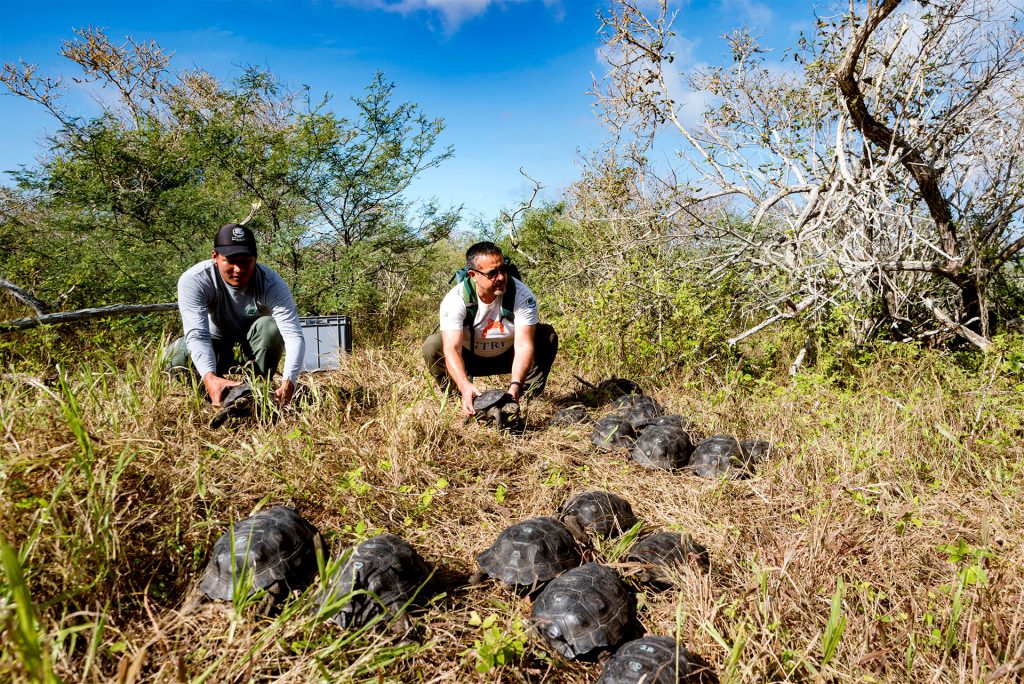
Facing Challenges with Resilience
Despite significant conservation achievements, Española’s biodiversity faces ongoing threats. As Dr. Jorge Carrión, our conservation director, states, “The Galápagos Islands are not only a precious natural laboratory but also a magnet for global tourism, with species like the albatross drawing visitors worldwide.” Protecting these ecosystems is crucial for maintaining Galápagos as a sustainable destination and conserving its rich biodiversity.
The Iniciativa Galápagos exemplifies the power of collaboration. Working closely with the Galápagos National Park Directorate, we unite experts, passionate scientists, and dedicated rangers in a shared mission to conserve Española and the entire archipelago. This commitment extends beyond local efforts, resonating globally as we strive to conserve this extraordinary part of our planet.
A Commitment to Future Generations
Our expeditions to Española underscore our dedication to safeguarding this unique ecosystem. Through the Iniciativa Galápagos and the efforts of our multidisciplinary team, we are committed to ensuring that the Galápagos Islands remain a beacon of sustainable tourism and a testament to the wonders of biodiversity. “Our work is not just conservation; it’s a legacy we are building for future generations,” emphasizes Carrión, capturing the essence of our mission.
